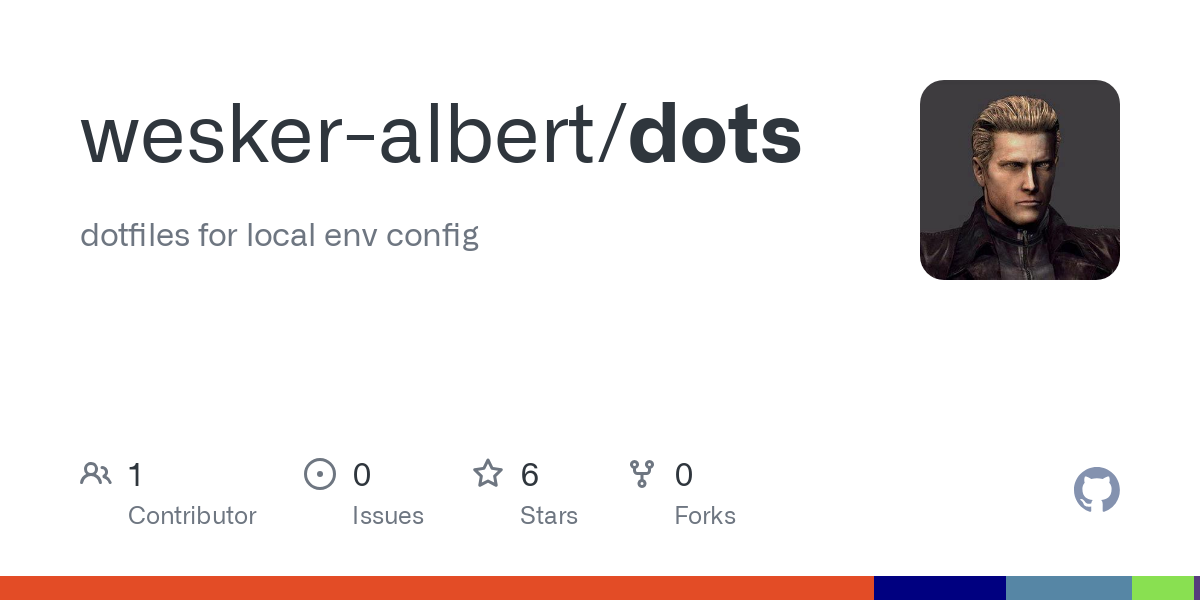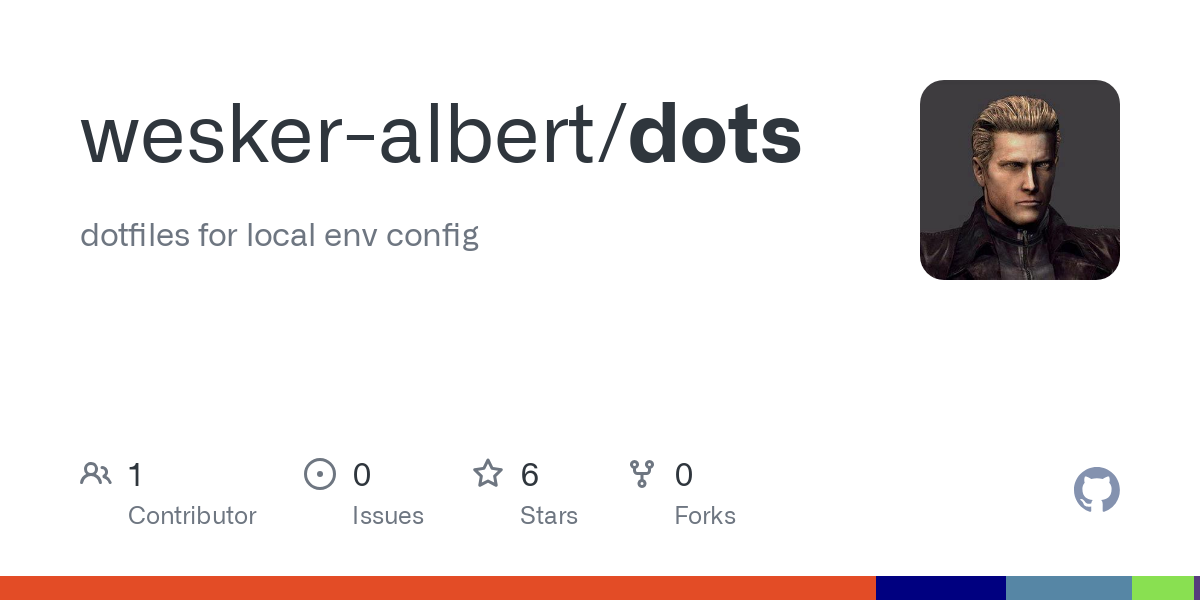Dr. Wesker
Making the world a better place, one genetic experiment at a time.
> _
- 6 Posts
- 63 Comments

 8·16 days ago
8·16 days agoJellyfin Dashboard will tell you what’s causing a streaming session to have to be transcoded. I believe it’s the little info “I” circle on the session thumnail. Logs should also tell you. I’d suggest starting there and identifying the cause, in order to then find the proper prescription.
Doesn’t firejail only allow sandboxing to an actual eth or wifi interface, and not a wireguard one? I’ve tried this before with firejail, and hit this wall.
Why can’t you just use a VPN service, locally? It’s essentially the same thing, except you don’t have to host the exit node in country B yourself.
Tailscale is wireguard behind the scenes. I would think it should be able to work as you describe, you would again just set your machine in country B as the exit node.
None of this should require a domain name.

 2·21 days ago
2·21 days agodeleted by creator

 1·22 days ago
1·22 days agodeleted by creator

 81·22 days ago
81·22 days agodeleted by creator

 5·29 days ago
5·29 days agodeleted by creator

 2·29 days ago
2·29 days agodeleted by creator

 2·29 days ago
2·29 days agodeleted by creator

 3·1 month ago
3·1 month agoPCIE cards exist that expand SATA data plugs. I don’t know the ins and outs though, as far as bandwidth goes. It also means you need a power supply that can provide enough power and daisy chained cords.

 4·1 month ago
4·1 month agodeleted by creator
I’m test driving podgrab right, and I really like it, very snappy. It looks like it might not be under active development anymore, unfortunately. The only thing it’s missing I’d have hoped for, is some sort of automatic tagging mechanism.

 2·2 months ago
2·2 months agoAh, hmm. I just set my account with the vars
SLSKD_SLSK_USERNAMEandSLSKD_SLSK_PASSWORD

 1·2 months ago
1·2 months agoPer the readme,
Once the container is running you can access the web UI over HTTP on port 5030, or HTTPS on port 5031. The default username and password are slskd and slskd, respectively. You’ll want to change these if the application will be internet facing.

 2·2 months ago
2·2 months agoNo tips, I just didn’t find the configuration process very intuitive. This was compounded by my needing to essentially translate some of my preferred N+ settings to the slskd yaml config.

 1·2 months ago
1·2 months agoWhen you get the config dialed in, the simplicity makes it 10x better than N+ in my opinion.
Did you turn that butter knife into a makeshift spudger?

 14·2 months ago
14·2 months agoNicotine+ is great.
If Docker is your thing, slskd is good.
Tailscale is the way. You can make their free tier go really far, especially if you use your own OIDC solution.




Please cheerr.